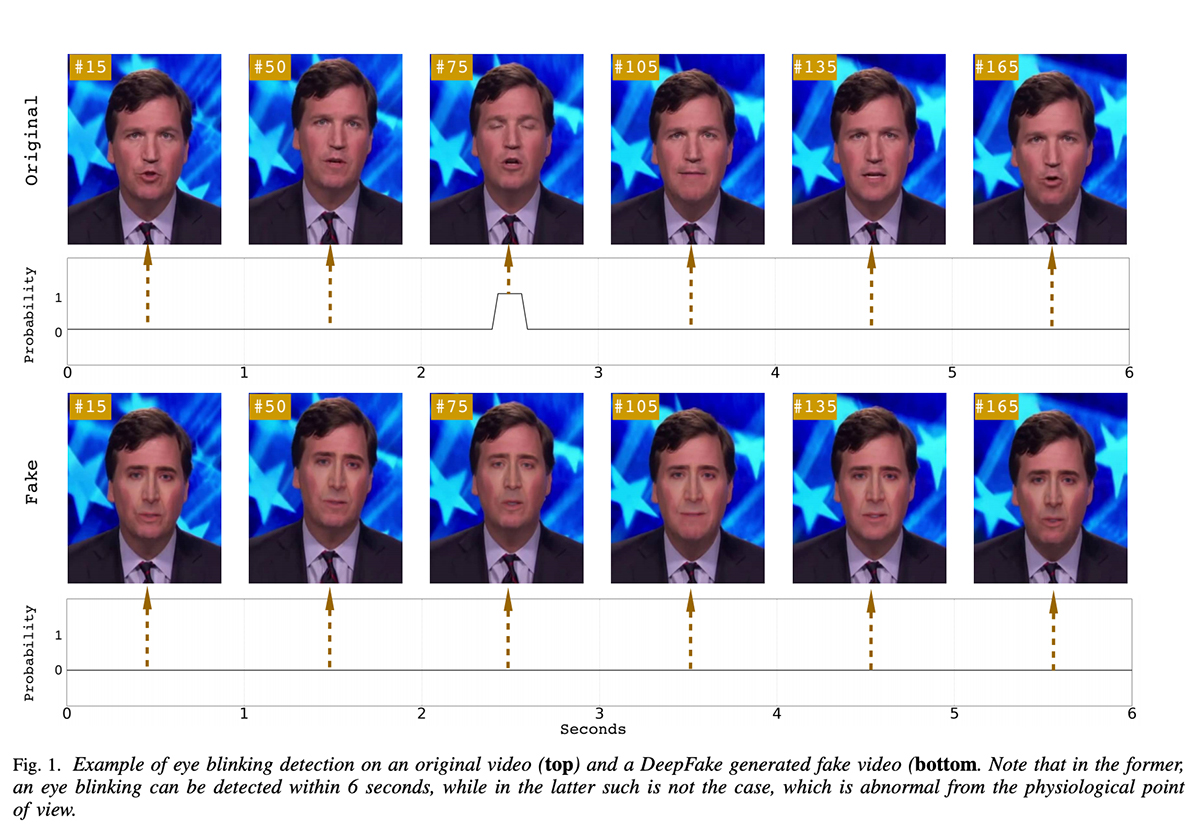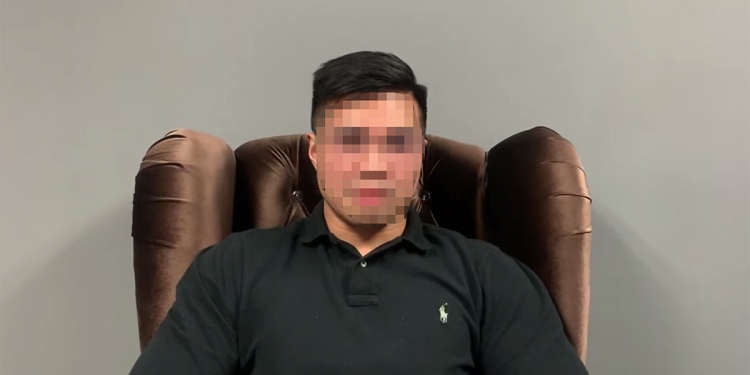A viral video depicting two men, one of whom resembles a local cabinet minister, has been making rounds on local news sources after the clip was uploaded to a Whatsapp group containing members of the media and several political party members on Monday morning.
At roughly 4 am this morning, a new development has come to light in the form of a confession video uploaded by a senior private secretary to the Deputy Primary Industries and Commodities Minister.
In his confession, the political aide admits to being one of the two men seen in the viral sex video, while also identifying the other man as a prominent cabinet minister. In his 35-second clip, the man calls for the MACC to investigate the minister for corruption, while he also claims that the original video was taken without his consent.
First, the why
Well, it’s politics.
One perspective could be that this is a malicious move by internal rivals within the minister’s political party, Parti Keadilan Rakyat. The cabinet minister purported to be in the original clip has reportedly been at loggerheads with current Parti Keadilan Rakyat leader, Anwar Ibrahim for awhile now.
The Edge reported that internal rifts within the party have steadily worsened, while the recent appointment of new MACC chief, Latheefa Koya is alleged to be part of an elaborate scheme against the PKR leader.
Anwar’s supporters call him the PM-in-waiting, but he has also acknowledged that there may be some ulterior agendas within his own party—namely from stakeholders that are pushing for the cabinet minister to be Tun Mahathir’s successor as well.
On the other hand, it could also be argued that opposition parties could have the motive. UMNO supreme council member Datuk Lokman Noor Adam has indeed lodged a police report while stating;
“I want the police to investigate the authenticity of the videos, who has been spreading the videos, and also the ‘actors’ involved”
Could it be an attempt to crumble the ruling coalition from within? Or from outside influences?
But with all things politics, we’ll have to wait and see if there are any developments on the matter—currently, things remain murky at best.
Real or deepfake?
But it’s important to remember that the only thing that actually lends a degree of credibility to the original sex clip is the confession video uploaded on FB. The first thing to consider then, of course, is its authenticity.
Deepfake is a method of human image synthesis that is based on artificial intelligence. This works via superimposing existing images or videos onto source images/videos using machine learning techniques.
In other words, deepfakes are AI-generated videos that can look pretty real — in the past, video content was considered to be a viable source of proof (as opposed to photos that could be easily photoshopped), but with the emergence of deepfakes like this, things have clearly changed quite a bit.
If you examine the video above, Zuckerberg’s blinking patterns look slightly off, while the general sync between his voice and his mouth does appear unnatural. It’s worth noting that the aforementioned confession video, on the other hand, has a much more natural-sounding audio.
It’s all in the eyes
But there are tell-tale signs. According to research done at the University at Albany, one of the easiest way to tell if a video is indeed deepfake is to observe the eyes of whomever is in the video.

The report explains that in deepfake videos, blinking patterns are usually physiological signals that aren’t well presented. The average person, according to the research, blinks at a resting rate of 17 blinks/minute, while reading will drop this to 4.5 blinks/minute and 26 blinks/minute during conversation.
Examining the confession/accusatory video from earlier, it actually looks authentic. Do note that this is my opinion, based on the political aide’s blinking pattern during the video. In addition to that, deepfake videos have also been known to have slightly distorted/monotonous audio, and the video here has relatively natural-sounding audio.
One last caveat, however. The aforementioned research was conducted in June 2018, which may not seem like a long time. But 1 year is a long time when it comes to technology.








